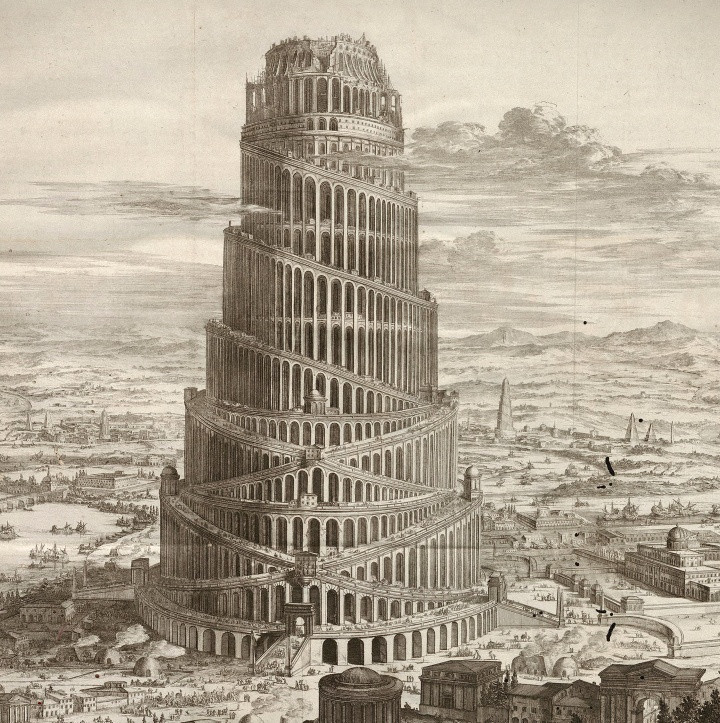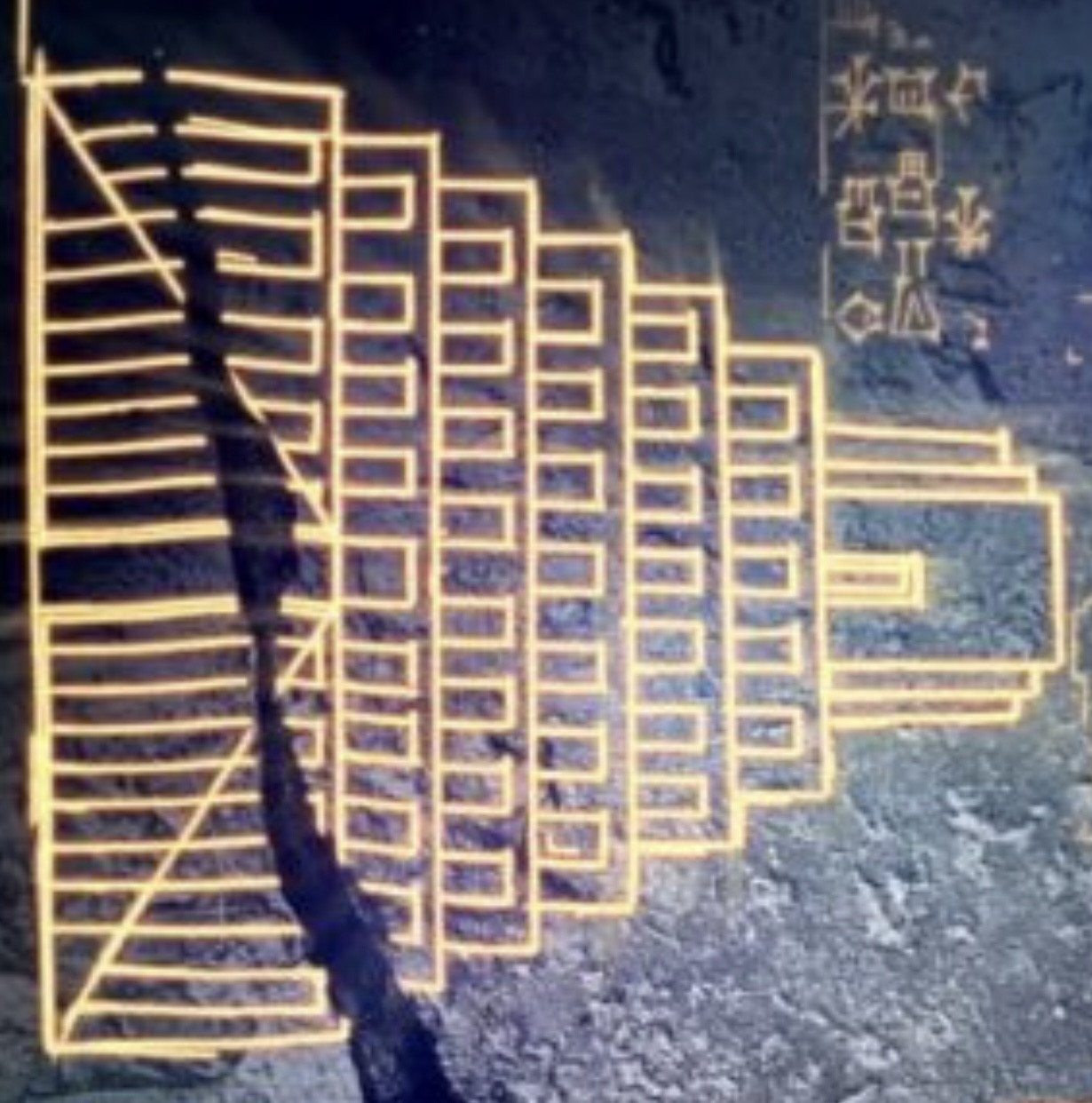The Mac
@TheMac
29 June, 05:11
Sargon of Akkad (/ˈsɑːrɡɒn/; Akkadian: 𒊬𒊒𒄀 Šar-ru-gi),[3] also known as Sargon the Great,[4] was the first ruler of the Akkadian Empire, known for his conquests of the Sumerian city-states in the 24th to 23rd centuries BC.[2] He is sometimes identified as the first person in recorded history to rule over an empire.
Understanding of the Akkadian Empire continues to be hampered by the fact that its capital Akkad has not yet been located, despite numerous attempts.[17][18] Precise dating of archaeological sites is hindered by the fact that there are no clear distinctions between artifact assemblages thought to stem from the preceding Early Dynastic period, and those thought to be Akkadian. Likewise, material that is thought to be Akkadian continues to be in use into the Ur III period.
Understanding of the Akkadian Empire continues to be hampered by the fact that its capital Akkad has not yet been located, despite numerous attempts.[17][18] Precise dating of archaeological sites is hindered by the fact that there are no clear distinctions between artifact assemblages thought to stem from the preceding Early Dynastic period, and those thought to be Akkadian. Likewise, material that is thought to be Akkadian continues to be in use into the Ur III period.
Notice: Undefined index: tg1tga_access in /home/admin/www/anonup.com/themes/default/apps/timeline/post.phtml on line 396
The Mac
@TheMac
29 June, 05:13
In response The Mac to his Publication
The Bible refers to Akkad in Genesis 10:10–12, which states:
"The beginning of his [Nimrod's] kingdom was Babel, and Erech, and Accad, and Calneh, in the land of Shinar. Out of that land he went forth into Assyria, and builded Nineveh, and Rehoboth-Ir, and Calah, and Resen between Nineveh and Calah (the same is the great city)."
"The beginning of his [Nimrod's] kingdom was Babel, and Erech, and Accad, and Calneh, in the land of Shinar. Out of that land he went forth into Assyria, and builded Nineveh, and Rehoboth-Ir, and Calah, and Resen between Nineveh and Calah (the same is the great city)."
Notice: Undefined index: tg1tga_access in /home/admin/www/anonup.com/themes/default/apps/timeline/post.phtml on line 396
The Mac
@TheMac
29 June, 05:15
In response The Mac to his Publication
Notice: Undefined index: tg1tga_access in /home/admin/www/anonup.com/themes/default/apps/timeline/post.phtml on line 396
07:56 AM - Jun 29, 2021
In response The Mac to his Publication
Only people mentioned by MarineLEOMom in this post can reply
TheStormIsUponUs @stormis_us
@stormis_us
29 June, 09:33
In response MARINE_LEO_ Mom to her Publication
According to an ancient Babylonian tablet, the biblical tower of Babel was real.
An ancient tablet that dates back to the sixth century BC—and was discovered over a century ago—offers conclusive evidence that the tower of Babel was real. The tablet also provides the first-ever image of the real Tower of Babel and describes the building process and the man behind it: Mesopotamia’s most famous ruler, King Nebuchadnezzar II.
The Ancient Clay tablet—which dates back to the sixth century BC—clearly shows the tower of Babel and its builder, King Nebuchadnezzar II.
The ancient tablet composed in the legendary city of Babylon dates to approximately 600 B.C. and was unearthed a century ago. However, only recently has the tablet been studied accordingly, when Dr. Andrew George of the University of London noted that the stone bears an image seemingly depicting the biblical tower.
Real Image of the Tower of Babel based on ancient tablets and carved stone depictions.
An ancient tablet that dates back to the sixth century BC—and was discovered over a century ago—offers conclusive evidence that the tower of Babel was real. The tablet also provides the first-ever image of the real Tower of Babel and describes the building process and the man behind it: Mesopotamia’s most famous ruler, King Nebuchadnezzar II.
The Ancient Clay tablet—which dates back to the sixth century BC—clearly shows the tower of Babel and its builder, King Nebuchadnezzar II.
The ancient tablet composed in the legendary city of Babylon dates to approximately 600 B.C. and was unearthed a century ago. However, only recently has the tablet been studied accordingly, when Dr. Andrew George of the University of London noted that the stone bears an image seemingly depicting the biblical tower.
Real Image of the Tower of Babel based on ancient tablets and carved stone depictions.
Notice: Undefined index: tg1tga_access in /home/admin/www/anonup.com/themes/default/apps/timeline/post.phtml on line 396
Chonita Nigus
@Chonita
29 June, 11:32
In response TheStormIsUponUs @stormis_us to his Publication

‘Why is the Strasbourg Parliament based on Tower of Babel?’
BIBLICAL MODEL: The founders of the European Union used this picture of the Tower of Babel by renaissance painter Peter Bruegel on some of its posters over the years with the phrase in French “Many tongues, one voice.” David
https://mattbell.org/why-is-the-strasbourg-parliament-based-on-tower-of-babelNotice: Undefined index: tg1tga_access in /home/admin/www/anonup.com/themes/default/apps/timeline/post.phtml on line 396
The Mac
@TheMac
29 June, 04:47
In response TheStormIsUponUs @stormis_us to his Publication
Notice: Undefined index: tg1tga_access in /home/admin/www/anonup.com/themes/default/apps/timeline/post.phtml on line 396



